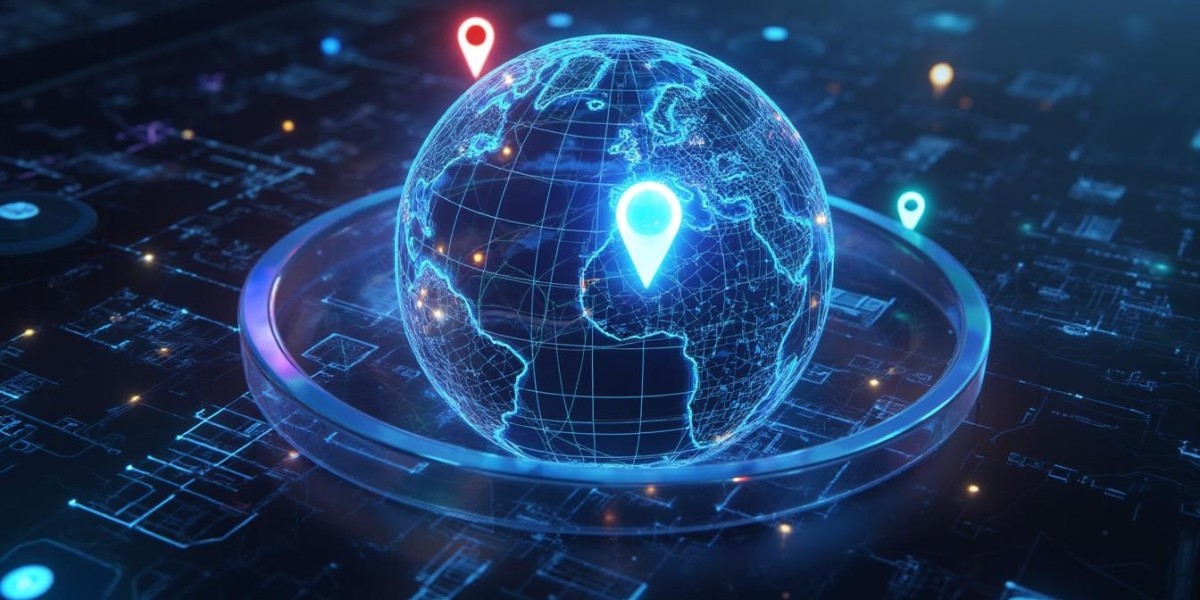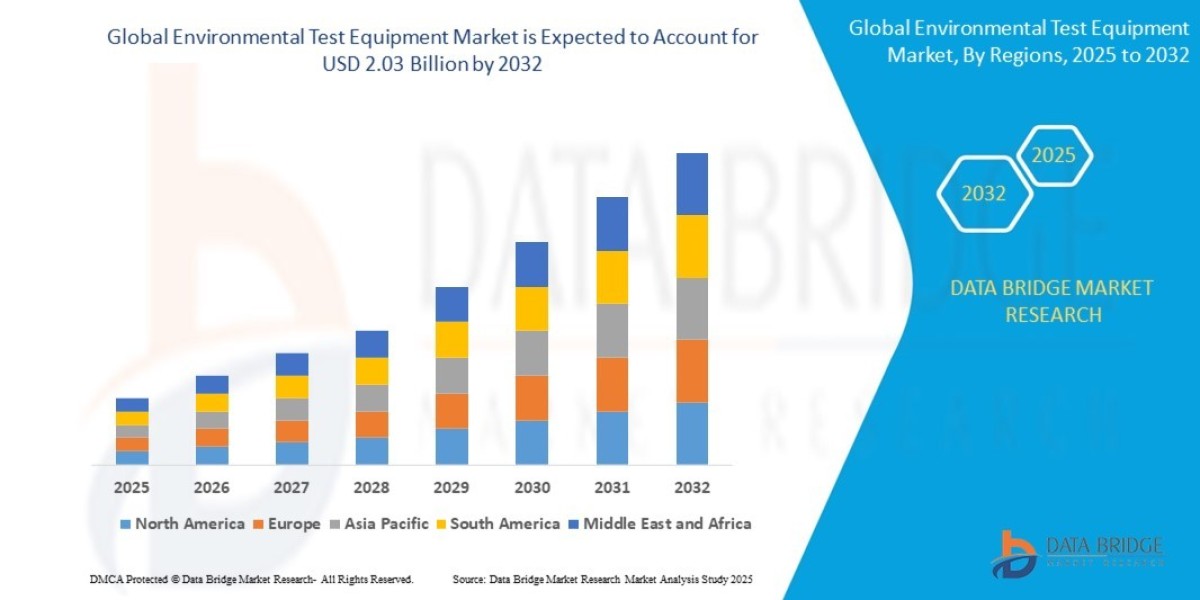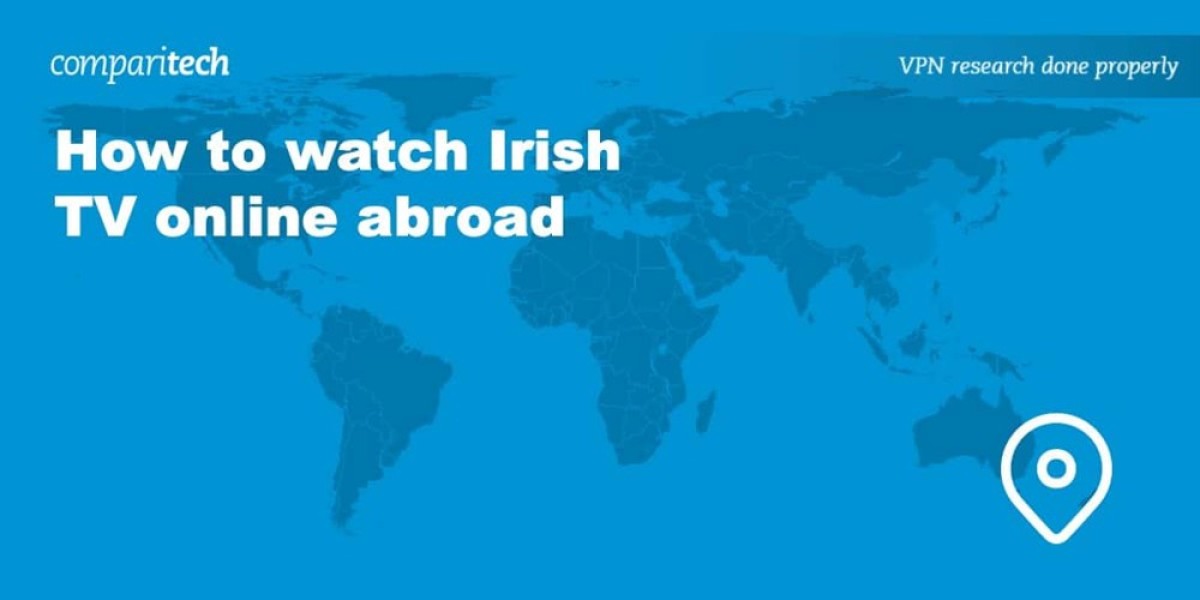Introduction
The field of GEO Services is transforming rapidly, fueled by advancements in technology, the growing need for data-driven decision-making, and the demand for sustainable solutions. As organizations across industries increasingly rely on geographic data for planning, logistics, marketing, and resource management, the landscape of GEO Services is expanding beyond traditional mapping and surveying. The year 2025 promises exciting developments in this space, offering more precise, accessible, and efficient solutions that will empower businesses, governments, and communities alike.
At Adomantra, we have been closely tracking these changes to offer our clients innovative, cutting-edge services that align with the latest trends. In this blog, we will delve into the top trends shaping GEO Services in 2025, explore their implications, and highlight how businesses can leverage these trends to drive growth and sustainability.
1. AI-Driven Mapping and Analytics
Artificial Intelligence (AI) is no longer a luxury—it’s a necessity for modern GEO Services. Machine learning algorithms and deep learning networks are increasingly being integrated into geographic data analysis, enabling businesses to process vast amounts of information quickly and accurately.
Key Innovations:
Predictive Mapping: AI helps forecast geographic trends based on historical data. For instance, supply chain managers can predict disruptions or traffic patterns, helping them optimize routes and reduce costs.
Automated Feature Extraction: Satellite imagery and aerial data are analyzed in real-time to identify objects, land use changes, and infrastructure without human intervention.
Risk Assessment: AI algorithms assist in evaluating environmental risks like flooding, deforestation, and urban sprawl by integrating multiple datasets.
Applications:
Urban planning authorities can model population growth and infrastructure demands.
Disaster management teams can identify high-risk areas before a crisis occurs.
Retail chains can analyze customer behavior by location to refine their store placement strategy.
Adomantra integrates AI-driven analytics into its GEO Services solutions to help clients not only interpret geographic data but also turn it into actionable insights.
2. Real-Time Location Data for Dynamic Decision-Making
The availability of real-time location data is transforming how organizations respond to changing conditions. With advancements in IoT devices, satellite communications, and mobile tracking, GEO Services providers now offer solutions that deliver instant feedback and allow for on-the-spot adjustments.
Benefits:
Fleet Management: Logistics companies use real-time tracking to monitor vehicle performance, fuel usage, and delivery timelines.
Safety Monitoring: Emergency services and health agencies can deploy resources instantly in areas where accidents or outbreaks are reported.
Consumer Engagement: Businesses can push location-based notifications and offers to users, enhancing customer experience.
Challenges:
Data Privacy: Handling real-time tracking responsibly is essential to maintain customer trust.
Network Reliability: Ensuring uninterrupted data flow is critical, especially in remote or disaster-stricken areas.
At Adomantra, we ensure that our GEO Services solutions are robust, secure, and compliant with global data privacy standards, enabling clients to make informed decisions swiftly.
3. Integration of Geospatial Data with 5G Technology
The rollout of 5G networks is set to amplify the capabilities of GEO Services. Faster data transmission speeds and lower latency are critical to supporting applications that require instantaneous processing of geospatial information.
Key Impact Areas:
Smart Cities: 5G-powered sensors and devices enable cities to monitor infrastructure, energy usage, and traffic patterns in real-time.
Autonomous Vehicles: High-speed networks allow vehicles to communicate with each other and with infrastructure, enhancing navigation systems powered by geographic data.
Remote Operations: Agricultural, mining, and energy sectors benefit from improved connectivity, allowing operators to oversee projects in hard-to-reach locations.
Adomantra is actively working to integrate next-generation connectivity with its geospatial platforms, offering clients solutions that are ready for the ultra-connected environments of 2025.
4. Sustainable and Climate-Responsive GEO Services
Climate change remains a top concern for governments and businesses alike. Modern GEO Services are increasingly being designed to support sustainability initiatives, monitor environmental health, and assist in climate adaptation strategies.
Emerging Trends:
Carbon Tracking: Geographic data helps in mapping carbon emissions hotspots, enabling targeted interventions.
Renewable Energy Planning: Solar and wind farms are optimized by analyzing geographic factors such as terrain, sunlight exposure, and wind patterns.
Water Resource Management: GIS tools assist in identifying regions at risk of water scarcity or contamination.
Role of GEO Services:
GEO Services providers, like Adomantra, are helping organizations shift toward sustainable practices by offering mapping solutions that highlight areas for resource conservation and efficient energy deployment.
5. Data Democratization and Cloud-Based Geospatial Platforms
Accessibility to geographic data is expanding, thanks to cloud computing and open data initiatives. What was once the domain of large government agencies and corporations is now available to startups, educational institutions, and even grassroots organizations.
Key Developments:
Cloud GIS Platforms: Tools hosted on the cloud offer scalability, affordability, and easy access to advanced geospatial analytics.
Open Data Portals: Governments and NGOs are releasing datasets related to climate, health, infrastructure, and demographics for public use.
Collaborative Platforms: Teams can work together in real-time, irrespective of location, using shared maps and data dashboards.
Adomantra’s cloud-based GEO Services empower clients of all sizes to leverage advanced geographic tools without hefty upfront investments.
6. Privacy-Conscious Location Intelligence
As data collection grows, so do concerns over privacy and security. The future of GEO Services involves building systems that balance the power of location intelligence with responsible data governance.
Key Considerations:
Anonymization: Ensuring that sensitive location data is processed without compromising personal identities.
User Consent Frameworks: Implementing transparent policies that inform users about data collection and usage.
Compliance: Aligning with GDPR, CCPA, and other regional privacy laws to protect users.
At Adomantra, we integrate privacy-first protocols into our GEO Services, making sure that clients benefit from location insights while upholding ethical standards.
7. Enhanced Visualization Through Augmented Reality (AR) and Virtual Reality (VR)
Geospatial data is not only about numbers and maps—it’s about making complex information accessible and interactive. AR and VR technologies are taking GEO Services to the next level by offering immersive experiences.
Use Cases:
Real Estate: Clients can explore properties remotely through 3D maps and VR tours.
Education: Students can interact with topographical data, satellite images, and weather simulations in real-time.
Infrastructure Planning: Engineers and architects visualize terrain, building layouts, and utility networks before construction.
Adomantra’s approach to integrating visualization tools ensures that clients not only see the data but also experience and interact with it, improving planning and execution.
8. Cross-Industry Applications Driving GEO Services Expansion
The use of geographic data is no longer confined to mapping or logistics—it’s becoming an integral part of sectors as diverse as healthcare, agriculture, tourism, and retail.
Examples:
Healthcare: Epidemic tracking, vaccination planning, and access to healthcare services are mapped for better intervention.
Agriculture: Precision farming relies on soil data, moisture patterns, and weather forecasts derived from geospatial analytics.
Tourism: Customized travel experiences are offered based on user preferences and geographic trends.
Adomantra’s versatile GEO Services offerings ensure that organizations from multiple industries can harness the power of geographic data tailored to their specific needs.
Conclusion
The trends shaping GEO Services in 2025 are driving innovation, improving efficiency, and encouraging sustainable practices across industries. From AI-powered analytics and real-time tracking to cloud platforms and privacy-conscious frameworks, the future of geospatial intelligence is both exciting and transformative.
At Adomantra, we are committed to helping clients navigate this dynamic landscape by providing cutting-edge GEO Services that combine technological advancements with ethical and sustainable solutions. As these trends continue to evolve, organizations that invest in the right tools and strategies will not only stay competitive but also create a positive impact on society and the environment.
Embrace the future of geospatial intelligence—your roadmap to smarter decisions, better planning, and lasting growth starts with GEO Services.
Frequently Asked Questions (FAQ) – Top Trends in GEO Services for 2025
1. What are GEO Services and why are they important?
GEO Services refer to solutions that leverage geographic, spatial, and location-based data to support decision-making, planning, and operations across industries. These services are essential for improving efficiency, optimizing resource management, enhancing customer experiences, and tackling environmental challenges. With the evolution of technology, GEO Services have become indispensable tools for businesses and governments alike. At Adomantra, we deliver innovative GEO Services tailored to meet today’s challenges and tomorrow’s opportunities.
2. What are the biggest trends in GEO Services for 2025?
The top trends include:
AI-driven mapping and predictive analytics
Real-time location tracking for dynamic decisions
Integration with 5G for ultra-fast connectivity
Sustainable solutions for climate and energy planning
Cloud-based platforms for accessibility and collaboration
Enhanced data privacy and security frameworks
Immersive visualization with AR and VR
Cross-industry adoption across healthcare, agriculture, tourism, and logistics
At Adomantra, we continuously evolve our offerings to align with these trends and provide clients with state-of-the-art geographic solutions.
3. How is AI transforming GEO Services in 2025?
Artificial Intelligence is revolutionizing GEO Services by automating complex data analyses, identifying patterns, and providing predictive models. AI-powered tools extract valuable insights from satellite images, sensor data, and historical records faster and more accurately than ever before. This helps businesses forecast demand, optimize routes, and assess environmental risks. Adomantra integrates AI technologies to enhance decision-making and deliver customized geospatial solutions.
4. Why is real-time location data important in today’s world?
Real-time location data allows organizations to react instantly to changing conditions. From tracking delivery fleets to monitoring emergency situations, it helps businesses improve efficiency, reduce downtime, and enhance customer satisfaction. However, managing such data requires robust systems and secure infrastructure, which Adomantra offers through its advanced GEO Services platform.
5. What role does 5G technology play in enhancing GEO Services?
5G networks dramatically improve data transfer speeds and reduce latency, allowing geospatial applications to operate in real-time. This is critical for industries like autonomous transport, smart cities, and remote sensing, where instant data communication is vital. Adomantra incorporates 5G technology to ensure clients benefit from uninterrupted data streams and reliable geospatial insights.
6. How do GEO Services support sustainable development?
GEO Services play a pivotal role in supporting sustainability by offering tools that monitor environmental factors, track carbon footprints, and plan renewable energy projects. By providing data-driven insights, organizations can make informed decisions to conserve resources and reduce waste. Adomantra’s GEO Services are designed to help clients achieve their sustainability goals while promoting responsible development.
7. Can small businesses benefit from GEO Services or is it only for large organizations?
Thanks to cloud-based platforms and open-source tools, GEO Services are now accessible to organizations of all sizes. Small businesses can use geospatial tools for marketing, logistics, and resource planning without incurring large costs. Adomantra offers flexible and scalable solutions that empower small and medium enterprises to harness the power of geographic intelligence.
8. How does Adomantra ensure data privacy in GEO Services?
Data privacy is fundamental when working with location-based data. Adomantra ensures compliance with global data protection laws like GDPR and CCPA. Our services incorporate encryption, anonymization, and consent management protocols, ensuring that clients access powerful location insights without compromising user privacy.
9. What industries can benefit from GEO Services in 2025?
GEO Services are expanding across industries such as:
Healthcare: tracking disease outbreaks and optimizing medical services
Agriculture: improving crop yields through precision farming
Retail: offering personalized customer experiences
Tourism: planning travel routes and attractions based on geographic data
Transportation: managing fleets and optimizing routes
Urban development: planning smart infrastructure and disaster preparedness
Adomantra provides tailored solutions that meet the unique demands of each sector.
10. What is the future outlook for GEO Services beyond 2025?
The future promises further innovation with AI advancements, quantum computing, satellite technology, and global connectivity improvements. GEO Services will increasingly support automation, risk assessment, and sustainable development initiatives. Adomantra remains committed to helping clients stay ahead of trends by integrating the latest technologies into our offerings.
11. How do GEO Services improve decision-making in businesses?
By offering detailed geographic insights, GEO Services help businesses analyze customer behavior, optimize supply chains, and anticipate market trends. Real-time analytics allow for faster, data-driven decisions, reducing risks and enhancing profitability. Adomantra equips businesses with tools that turn location data into actionable strategies.
12. Are GEO Services useful in disaster management?
Yes, GEO Services are crucial in disaster preparedness and response. By analyzing geographic data, emergency teams can identify high-risk areas, track weather patterns, and allocate resources effectively. Real-time location tracking helps coordinate relief efforts and monitor infrastructure damage. Adomantra supports disaster management with advanced mapping and risk assessment tools.
13. What are the challenges in implementing GEO Services?
Some common challenges include:
Data privacy concerns
Integration with existing systems
High initial setup costs
Need for skilled personnel
Network connectivity issues in remote areas
However, with cloud platforms and AI tools, many of these challenges can be mitigated. Adomantra assists clients in overcoming such hurdles by offering customized, secure, and cost-effective solutions.
14. How can GEO Services enhance customer experience?
Location-based analytics allow businesses to provide personalized services and offers. Retailers can target promotions based on user location, while service providers can optimize delivery routes and reduce wait times. Adomantra’s GEO Services help organizations create tailored experiences that increase customer satisfaction and loyalty.
15. What role does cloud computing play in GEO Services?
Cloud computing has made GEO Services more accessible by offering scalable infrastructure, data storage, and analytical tools. It enables seamless collaboration, easy data sharing, and faster processing without large investments in hardware. Adomantra’s cloud-based platforms ensure that clients of all sizes can leverage powerful geospatial tools without technical barriers.
16. How are AR and VR changing the way we interact with geographic data?
Augmented Reality (AR) and Virtual Reality (VR) are transforming how users visualize geographic information. These tools offer interactive and immersive experiences, helping professionals in real estate, architecture, and education understand spatial data intuitively. Adomantra integrates these technologies to help clients make informed decisions and enhance user engagement.
17. What are the ethical considerations in using GEO Services?
Ethical use of GEO Services involves ensuring transparency, protecting user data, and avoiding misuse of location information. Organizations must implement informed consent practices and comply with data protection regulations. At Adomantra, we prioritize ethical data management, helping clients build trust while leveraging location intelligence.
18. Can GEO Services be integrated with other technologies?
Absolutely. GEO Services work alongside AI, IoT, blockchain, and 5G networks to create powerful, interconnected solutions. These integrations enhance data accuracy, speed, and scalability. Adomantra helps clients implement seamless integrations that align with their operational goals.
19. How can one get started with GEO Services?
Starting with GEO Services involves:
Identifying business needs and objectives
Collecting relevant geographic data
Choosing the right platform or partner
Implementing privacy and compliance frameworks
Analyzing data to generate actionable insights
Adomantra guides clients through every step, offering personalized consultation and cutting-edge tools to ensure a smooth and successful implementation.
20. Why choose Adomantra for GEO Services in 2025?
Adomantra stands at the forefront of geospatial innovation, combining advanced technologies like AI, 5G, and cloud computing with a deep understanding of industry-specific challenges. Our focus on privacy, scalability, and sustainability ensures that clients receive tailored solutions that enhance operational efficiency and future-proof their strategies.








